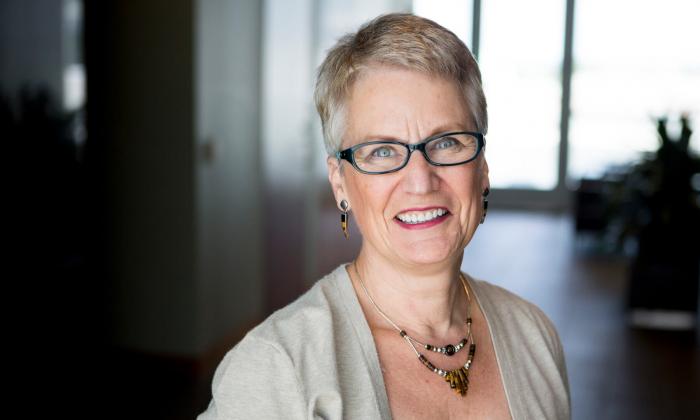
“See me.”
As a high school A.P. history teacher, I occasionally wrote those words atop students’ papers. They meant, “I have something to say that can’t be contained in the margins of your essay, which I’ve already filled up with comments.” Looking back, I imagine students read the words with feelings of unease, if not outright terror. Former students, I’m sorry.
Rather than banish “see me” from the classroom, today I would urge educators to turn the phrase around and recognize it as the simple request that every child makes every day. “See me” means understand who I am, the various facets of my identity, the culture I live in, the hopes and aspirations of my family.
It’s not the message children always get, as I was reminded in mid-December when Fox News host Megyn Kelly declared, “ … for all you kids watching at home,” that “Santa is just white.” She then noted that the list of white, male, historical figures also included Jesus. After all, she said, “Just because it makes you feel uncomfortable doesn’t mean it has to change.”
Kelly’s clueless comments triggered a familiar kind of controversy, one that floods our media like a sudden storm, producing lots of noise but little light. Although Kelly had her defenders—people who prefer not to think about how and why a set of traditions from northern Europe became the norm in the United States—most folks met her comments with the derision they deserved.
But the kerfuffle made me wonder: How many times do schools send the same message?
In the library or on the summer reading list: “Sorry, kids, but it just happens that most classic literature was written by white men.”
Planning for prom and school dances: “Hey kids, you should know that only heterosexual relationships count.”
“The whole purpose of education is to turn mirrors into windows.”
Sydney J. Harris
Placing children in classes: “If you kids speak a language other than English, well, you really can’t learn.”
Learning our history: “Kids, the textbooks show mainly white people because the United States was settled and led by white people. It’s historical fact.”
On bulletin boards: “Sorry kids, but we can’t help it if most of the great scientists were men.”
Everywhere: “Just because you feel invisible doesn’t mean it has to change.”
Well, yes it does. Our schools, like our society, are democratic institutions that should reflect all of us. Being “uncomfortable” with the status quo is what led to the end of slavery, the emancipation of women, the end of child labor and the demise of Jim Crow. It is the fuel that should propel us always toward our ideals.
As educators and adults, we need to pay attention to the messages we send. Child therapist and teacher Haim Ginott once wrote, “As a teacher I possess tremendous power to make a child’s life miserable or joyous. I can be a tool of torture or an instrument of inspiration. … it is my response that decides whether … a child [is] humanized or dehumanized.”
The children in our schools deserve to be seen, and to see themselves. And outside of school, they deserve a society that honors difference, not one that scorns it.
—Maureen Costello
CORRECTION
Rhonda Thomason’s name was misspelled in the article “Bring It Home” from the Fall 2013 issue.